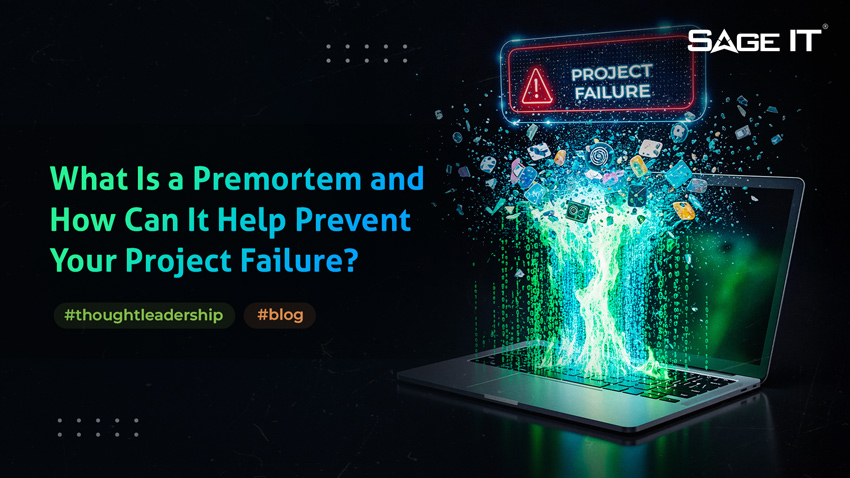“Cloud Observability: Key Components and Use Cases
Digital transformation is driving businesses to adopt cloud-native technologies, microservices, and containerized components at an unprecedented scale. As our IT landscape changes, traditional monitoring are no longer sufficient to monitor the complex web of legacy components, cloud, third-party services, and APIs that make up modern applications.
To enable a comprehensive view of the entire cloud application ecosystem, a cloud observability stack is becoming more important than ever.
What is a cloud observability stack?
A cloud observability stack refers to a set of tools and technologies used to monitor and analyze the performance and behavior of cloud-based applications and infrastructure in real-time. Observability is all about understanding what your software is doing at any given moment. It typically includes monitoring, logging, and tracing tools, as well as other technologies such as application performance management (APM) and infrastructure monitoring.
In the past, developers relied on logging and monitoring tools to gain insights into their systems. However, in the face of DevOps, microservices, containers, serverless computing, and disparate technology platforms, static traditional application performance monitoring (APM) tools are no longer sufficient.
Observability, on the other hand, is the next step in application monitoring. In a cloud-native environment, cloud observability stack refers to the use of software tools and practices for collecting, analyzing, and correlating system performance data. It helps organizations gain visibility into complex environments that span multiple infrastructure types, including private and public clouds, on-premises infrastructure, and Kubernetes clusters.
Key Components of a Cloud Observability Stack
IT teams are shifting from traditional monitoring systems based on logs and threshold alerts to a more comprehensive observability system that includes metrics, events, logs, and traces (MELT) at the organizational level. These pillars of cloud observability are incorporated early into the software development life cycle (SDLC).
Metrics
Metrics are time-series data that provide information about the performance of your system over time. They provide a way to measure and track specific attributes, such as CPU usage, memory utilization, network traffic, and more. Metrics can be collected from various sources, including the operating system, applications, and infrastructure. By tracking key metrics, IT teams can identify trends and anomalies that might indicate issues in the application.
Events
Events refer to discrete occurrences that are relevant to a particular application or infrastructure component. They can include user actions, system events, and other significant occurrences that could impact the performance of an application. Events are often used to track specific occurrences and provide a detailed record of what happened leading up to a particular issue. By collecting and analyzing events, teams can gain valuable insights into the behavior of their applications and infrastructure, and proactively identify and resolve issues before they become major problems.
Logs
Logs provide a detailed record of events that occur within your applications and infrastructure. It captures every event and stores it in a centralized location for analysis. Logs can be collected from various sources, including application code, operating systems, and infrastructure. They provide valuable insight into what’s happening within your application, including errors and warnings. Logs are useful for troubleshooting issues and identifying the root cause of problems.
Traces
Traces provide a way to follow a transaction or request through your application stack. This flow of requests is helpful to:
- Identify bottlenecks and performance issues that impact the end-user experience.
- Detect anomalies, such as unexpected spikes in traffic or sudden drops in performance.
- Identify unusual behavior that might indicate a security breach.
Why is cloud observability important?
Cloud observability provides CloudOps engineers and site reliability engineers (SREs) with a comprehensive view of their infrastructure, enabling them to quickly identify, triage, and resolve issues before they become major problems.
At the surface level, it helps improve system performance and overall health. In the long run, cloud observability helps teams:
- Gain full-stack visibility
- Eliminate critical blind spots
- Break down operation and team silos
- Improve collaboration between developers, operations teams, and other stakeholders
- Quickly troubleshoot issues
- Improve system performance and reliability
- Identify performance bottlenecks
- Detect security threats
- Monitor service-level agreements
- Optimize resource utilization
Some use cases for cloud observability include:
Continuous availability for a better end-user experience ?
Application performance and availability are crucial for any organization, whether it is B2B or B2C. Employees and customers expect that the apps and services they use will be available anytime, anywhere.
Cloud observability can help organizations look at every customer touchpoint and proactively identify and resolve issues before escalations. Real-time analysis and update of network availability ensure that the end-user experience is unaffected at all times. A report by Splunk in collaboration with Enterprise Strategy Group found that leaders who use modern observability tools can detect problems with internally developed applications twice as fast, resulting in a 37% improvement in the mean time to detect or discover (MTTD).
Accelerating data transformation in the cloud?
According to McKinsey, observability is crucial for designing robust cloud and data architectures – a key requirement for accelerating data transformation initiatives in the cloud.
Cloud observability plays a critical role in ensuring the efficient processing and management of large volumes of data in the cloud. By providing visibility into the performance of data-intensive applications, observability helps developers optimize their code, identify bottlenecks, and enhance overall application performance.
Observability tools enable organizations to monitor the flow of data within their cloud-based systems. This information can be used to identify potential issues and optimize data flow, resulting in faster data transformation and improved application performance.
Conclusion
Whether you are a small startup or a large enterprise, investing in a robust and scalable cloud observability stack can help you monitor and manage your cloud infrastructure effectively. However, it requires careful consideration of the key components and use cases to ensure that the stack meets your specific requirements. By implementing a comprehensive cloud observability stack that integrates multiple monitoring tools, analytics platforms, and visualization tools, you can gain actionable insights, streamline workflows, and improve overall operational efficiency. While building an observability stack in the cloud can be challenging, it can be achieved with the right components in place.
Contributed for Sage IT by
Srini Gajula
sgajula@sageitinc.com
For enquires, mail to marketing@sageitinc.com










